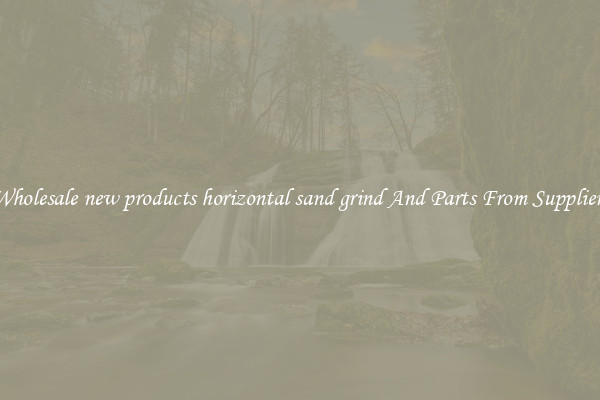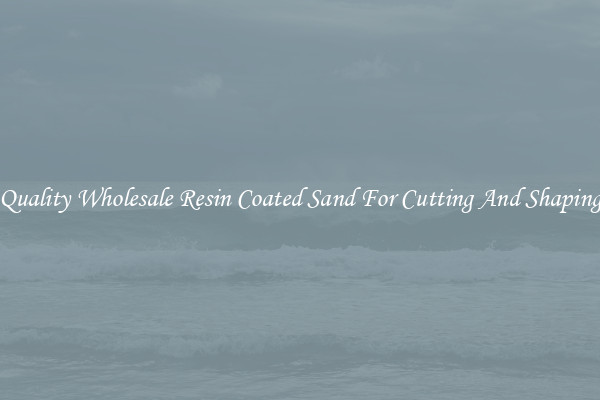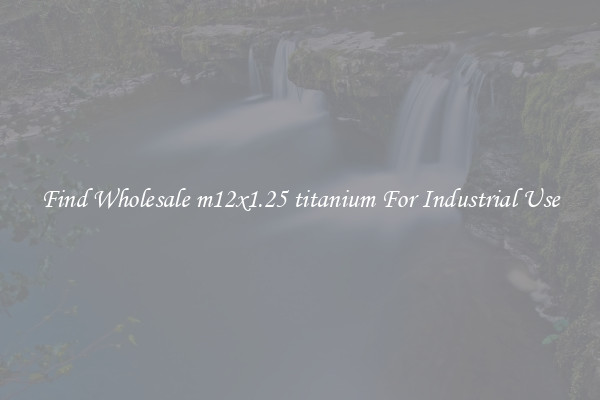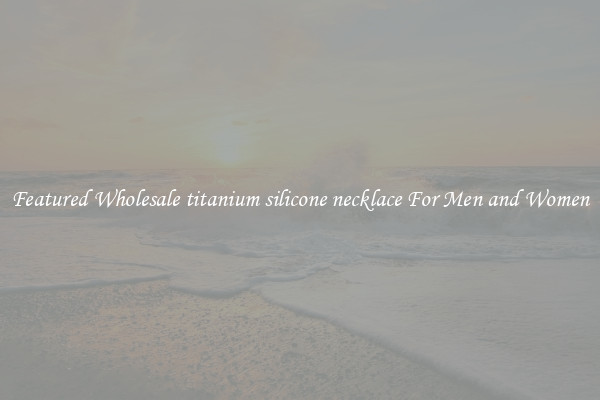Rough or Refined titanium sand weldding
Titanium is known for its strength, durability, and resistance to corrosion, making it a popular material in various industries. One common method of joining titanium parts is through sand welding, which can be done in either a rough or refined manner.
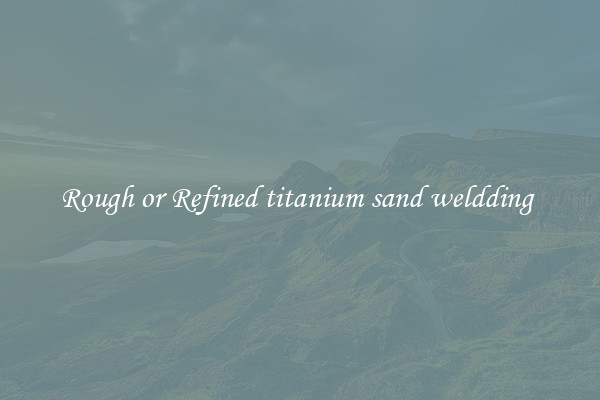
Rough titanium sand welding involves the use of coarse sand or granules to fill the gaps between the titanium parts to be joined. The parts are placed close together, and the sand is poured in to fill the space between them. This rough method is typically used for larger, thicker titanium parts where precision is not as critical. The sand acts as a support for the parts during the welding process, ensuring proper alignment and preventing warping.
Refined titanium sand welding, on the other hand, involves using fine sand or powder to create a more precise and controlled joining process. The sand is carefully applied to the edges of the titanium parts before they are clamped together. This method is often used for smaller, more delicate parts where precision is crucial. The fine sand acts as a barrier between the parts, preventing oxidation and ensuring a clean, strong weld.
Both rough and refined titanium sand welding methods have their advantages and disadvantages. Rough sand welding is simpler and more cost-effective, making it suitable for larger projects with less exacting requirements. However, the resulting weld may not be as clean or precise as with refined sand welding. Refined sand welding, while more labor-intensive and expensive, produces higher-quality welds with better structural integrity.
In conclusion, whether choosing rough or refined titanium sand welding depends on the specific needs of the project. While rough sand welding is suitable for larger, less precise applications, refined sand welding is better suited for smaller, more intricate parts where precision and strength are paramount. Either way, titanium sand welding offers a reliable and effective method for joining titanium parts, ensuring the durability and longevity of the final product.

View details

View details

View details
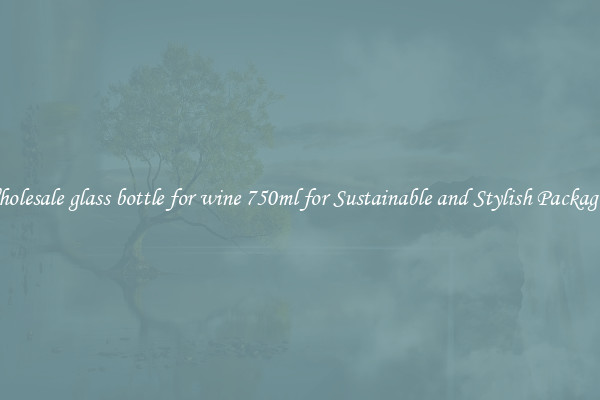
View details
